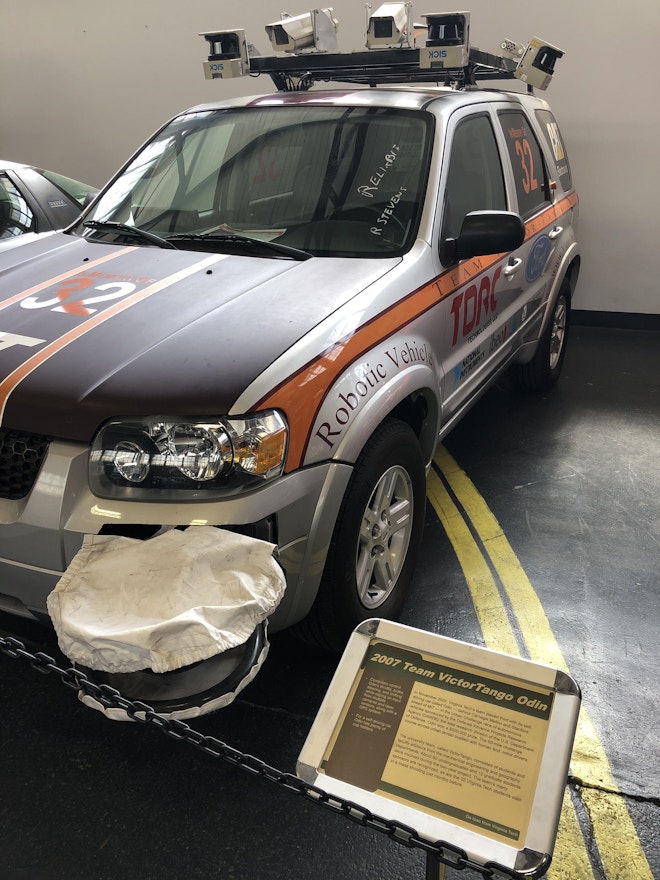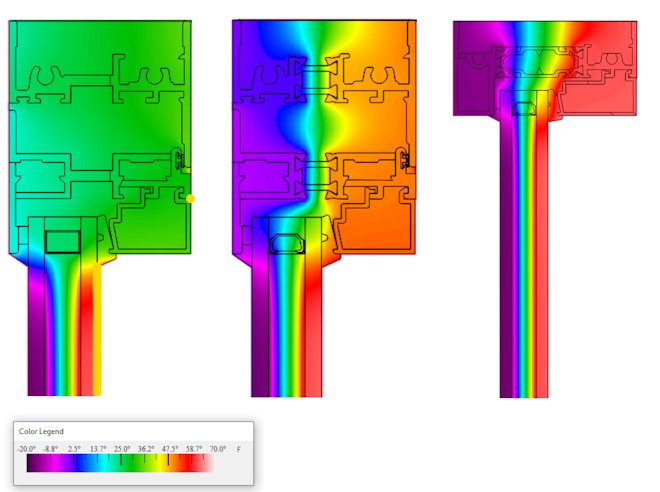
Research Collaboration between Industry and Academia as a Driver for Facades Innovation
Technoform recently embarked on a research project with the University of Massachusetts Amherst and are excited about the opportunity to collaborate with academia. We believe that building strong partnerships and networks that lead to shared results is not only a good business decision, but it also progresses the industry. While an individual research project may not lead to building a city on the moon, embracing academic research in the building industry can contribute a great deal to our collective progress and success.
Despite some of the amazing feats of engineering that we see in buildings today, our industry is generally slow to adopt new technologies or adapt to new conditions. Since we are in the business of making windows better, let’s look at a comparison between insulating glass and the automotive industry. The first insulating glass unit and the first four-wheel automobile were invented within about 20 years of each other, in 1865 and 1886 respectively.

Figure 1: A drawing from the first patent that showed insulating glass technology.

Figure 2: An early Ford car.
Today, we now have self-driving cars, while, in contrast, insulating glass has only incrementally improved. What is interesting about this comparison is that many academic research partnerships were created with industry that supported the development of self-driving cars, and we believe the same benefits could be found in our industry. The University of Michigan and Massachusetts Institute of Technology have autonomous driving research partnerships with Toyota, and Carnegie Mellon has a dedicated research arm, as have several other universities globally.

Figure 3: Virginia Tech’s self-driving vehicle, which placed ahead of Massachusetts Institute of Technology and 3rd behind Carnegie Mellon and Stanford in a 2007 race.
It is not to say that academic research is not done on facades. For example, the development of solar powered houses had contributions from Massachusetts Institute of Technology with their ‘Solar 1’ house in 1939, and later the University of Delaware followed with their ‘Solar One’ house in 1973 (the irony of the name is not lost on us). Today, there are several institutions that educate and/or conduct research on facades, such as the University of Southern California, University of Toronto, Delft University of Technology, and our collaborators at University of Massachusetts Amherst, to name only a few. But one only needs to do a Google search for self-driving cars and universities to see that partnerships between the industry and academia in this area are ubiquitous. When doing the same for facades, the search derives limited results. The solution: multiplying industry-academia partnerships.
At Technoform, we believe collaborating with academia is a win-win, creating mutual benefits that drive innovation. As an industry player, we can help students translate and connect theoretical information to real world practice. Students and faculty can give us a much wider picture of the theoretical data and, a personal favorite, an unbiased view. At the risk of over-simplifying, a researcher’s job is to follow rigorous scientific method and share results without bias. Having researchers at the table can open our eyes wider than we might otherwise have done on our own. They bring a unique perspective; providing an opportunity to dive deeper, question what we accept as status quo in the industry, and they often bring a broad knowledge of new technologies.
There are also long-term benefits of investing in collaborative research. Aside from the ubiquitous architectural and civil engineering degrees, education in façade design and glass engineering is hard to find. Often glass design is learned on the job, which is not ideal. This is because glass, a brittle material with failure prediction based on probability functions, does not behave like the typical construction materials which are the focus of most structural engineering classes, such as metals and concrete.

Figure 4: While insulating glass technology has stayed largely the same over the years, there have been some interesting developments in façade and glass design. Technoform warm edge spacers were used in bent triple-pane insulating glass at 707 5th Street, Calgary.
When you think about the lack of academic focus in façade and glass engineering, this is quite strange considering that buildings are such a critical part of the human hierarchy of needs. While we need high-performance facades, arguably, we could probably do without self-driving cars. Channeling funds into academic research could drive creation of more education tracks in façade design and building engineering. With the impact of climate change, and increased design complexity, we need to adequately prepare the next generation of our industry to successfully overcome tomorrow’s problems, through today’s designs.
There are also practical benefits to collaboration with academia. By leveraging external academic expertise on longer term projects, you can keep your internal resources focused on your daily business. It also provides an opportunity to build a progressive brand through action; one that embraces collaboration, research, and challenges the status quo. And finally, the scientific method works, and can be adopted and leveraged within your organization; it is an iterative process that not only leads to knowledge development, but also the creation of new products and technologies that benefit business.

Figure 5: Thermal models form our collaborative study between Technoform and University of Massachusetts Amherst.
In the words of Steve Jobs, “Great things in business are never done by one person. They’re done by a team of people.” Our current research project with the University of Massachusetts is just one step in what we hope becomes a staircase of collaboration leading to innovation. The goal of this particular project is to translate the condensation resistance performance of typical fenestration systems, spanning a range of thermal performance, into simple observable terms that can be more easily understood. We hope to collaborate on sharing the results in summer of 2021.

Alexandra Blakeslee
Innovation & Projects
Technoform North America

Helen Sanders, PhD
General Manager
Technoform North America
Looking for something specific?
Search our extensive library.
FTI’s SKINS email is the central source for the latest in building skin trends and research.
All emails include an unsubscribe link. You may opt out at any time. See our privacy policy.








